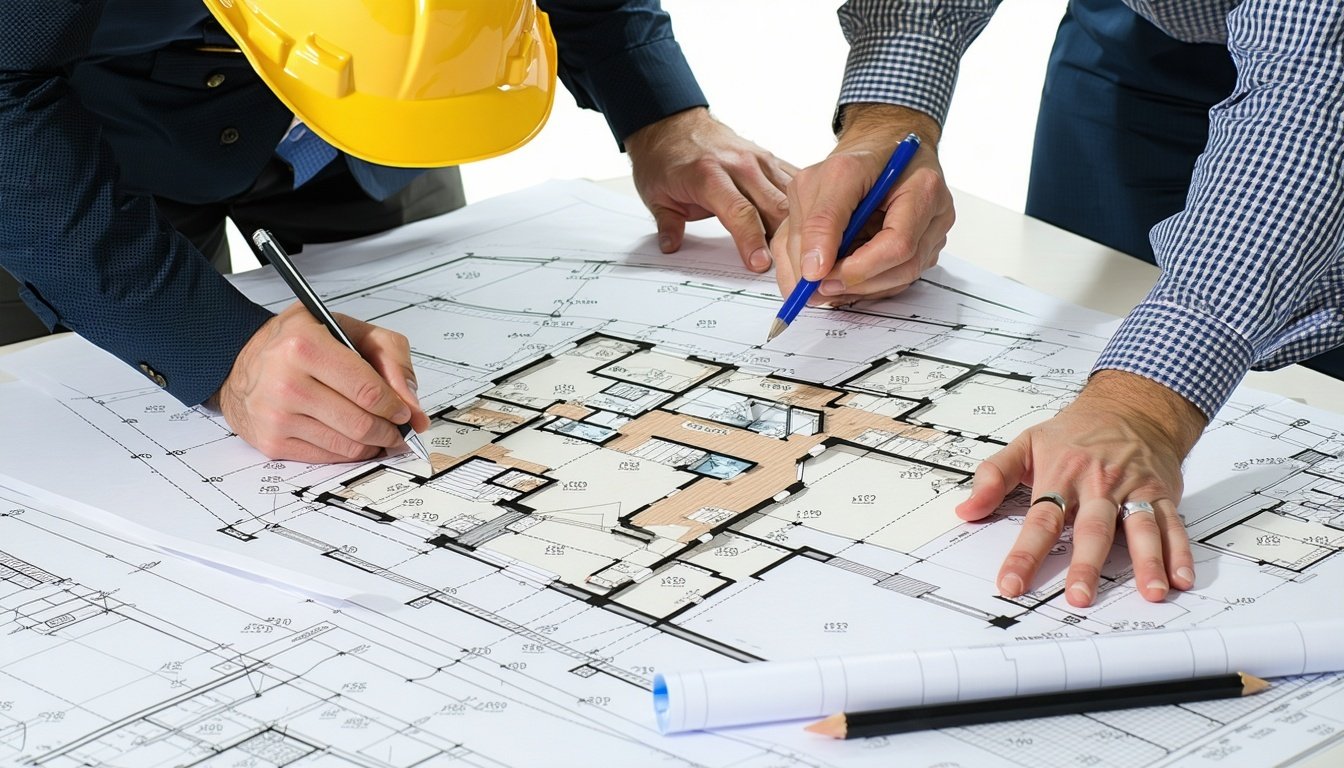Discover how JV3 modelling empowers architects with unparalleled design flexibility, surpassing the limitations of DTS or Section J compliance in the construction industry.
Why architects choose JV3 modelling for complex projects
Architects often face the challenge of balancing design intent with regulatory compliance. Traditional prescriptive methods like Deemed-to-Satisfy (DTS) or Section J compliance can be restrictive, limiting architects' ability to explore creative and innovative solutions. JV3 modelling, on the other hand, offers a performance-based approach that evaluates the overall energy efficiency of a building, allowing for more design flexibility.
By using JV3, architects can assess the energy performance of their designs in a more holistic manner. This method considers various factors, including building orientation, material properties and climatic conditions, providing a more comprehensive understanding of a building's energy performance. As a result, architects can make informed decisions that align with their design vision while still meeting National Construction Code (NCC) energy efficiency requirements.
How JV3 allows more flexibility with glazing, orientation and materials
One of the significant advantages of JV3 modelling is the flexibility it offers in terms of glazing, building orientation and material selection. Unlike DTS, which imposes strict guidelines on these elements, JV3 allows architects to experiment with different configurations to achieve the desired aesthetic and functional outcomes.
For example, an architect designing a building with a unique orientation can use JV3 to model the impact of various glazing options on energy efficiency. This flexibility enables the use of larger windows or unconventional glazing materials, which might not be feasible under DTS guidelines. Similarly, JV3 allows for the selection of innovative materials that enhance the building's performance without compromising the design intent.
Case examples of when JV3 has enabled better design outcomes
Consider a scenario where an architect is designing a modern office building with extensive glass facades. Using DTS, the design might be limited due to stringent requirements on glazing ratios and thermal performance. However, with JV3 modelling, the architect can explore various glazing types and configurations to find a solution that maximises natural light while maintaining energy efficiency.
Another example is the use of non-traditional building materials. In a project involving a residential complex with unique architectural features, JV3 allowed the use of innovative insulation materials that provided superior thermal performance. This not only met the energy efficiency standards but also preserved the architectural integrity of the design.
The compliance benefits of JV3 compared to prescriptive methods
JV3 modelling offers several compliance benefits over prescriptive methods like DTS. Firstly, it provides a more accurate representation of a building's energy performance by considering all relevant factors comprehensively. This holistic approach can lead to more effective energy-saving measures and better overall building performance.
Additionally, JV3 allows for greater design freedom, enabling architects to achieve their creative vision without being constrained by rigid guidelines. This flexibility can result in more innovative and sustainable building designs. Moreover, by meeting the NCC energy efficiency requirements through performance-based assessment, architects can ensure that their projects are both compliant and cutting-edge.
Why Certified Energy is the right partner for JV3 modelling
Certified Energy is a leading provider of environmental sustainability design consultancy services, specialising in JV3 modelling. Our team of experts has extensive experience in helping architects navigate the complexities of energy efficiency compliance while preserving their design intent.
With a deep understanding of the NCC and a commitment to innovative solutions, Certified Energy is well-equipped to support architects in achieving their design goals. Our comprehensive approach ensures that all aspects of a building's energy performance are considered, providing architects with the flexibility they need to create exceptional designs. Trust Certified Energy to be your partner in unlocking the full potential of JV3 modelling for your next project.







